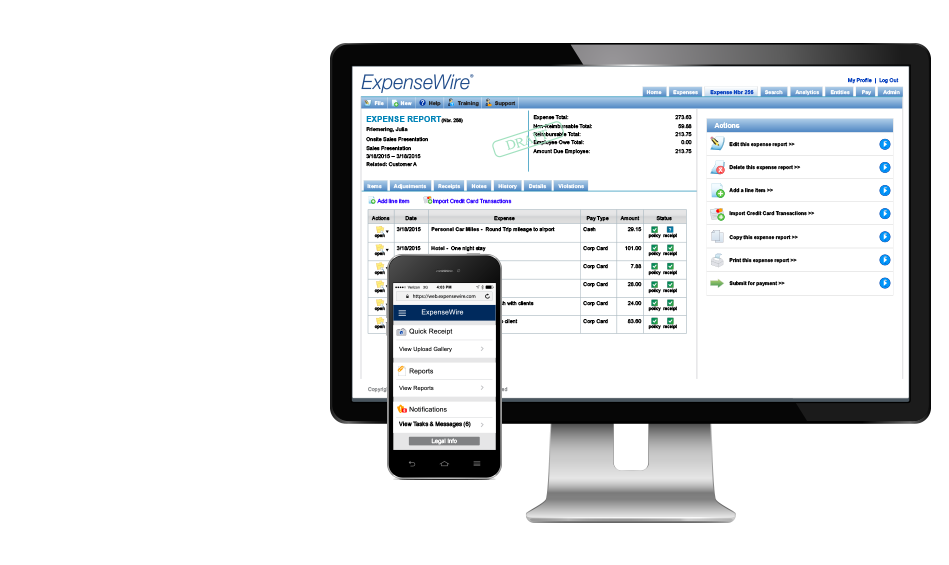Control Spending with an Expense Policy

Travel Leaders Corporate found that their client’s average domestic business trip was $965, with a breakdown of $443 for airfare, $42 for daily car rental and $144 for a daily hotel room rate. International travel averaged $2,398.
I’ve known some managers that have spent more than $900 on a steak dinner and rounds of drinks in Chicago. Before your average business trip expense goes through the roof, it’s important to set expense policies and guidelines for employee spending behavior.
Start by outlining where you want employees to make travel arrangements. In particular, identify the acceptable spend and preferred vendor(s). Next, outline when to book and how to pay. Then, continue to describe what can be expensed by whom and why.
For example, all reservations must be made on our online self-booking reservation system at least 21 days in advance with a corporate credit card. The hotel cap is $139 per night for all employees except senior management. Receipts must be accompanied by a summary that outlines the nature of the expense.
Once the policy is written, it is important to make sure that it is communicated to all employees. Employee communication can be distributed manually, hosted on the intranet for reference, OR ideally, built into an expense management system. The benefits of an expense management system are that the policy is housed in one place, can be updated as needed, and enforces employee participation.
Lastly, it is important that the expense policy written is the one that is actually used for all affected employees. Consistent implementation of the policy and applicable guidelines can be essential to its success.
